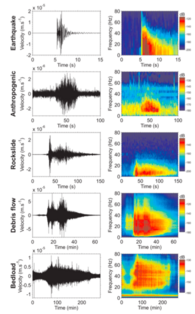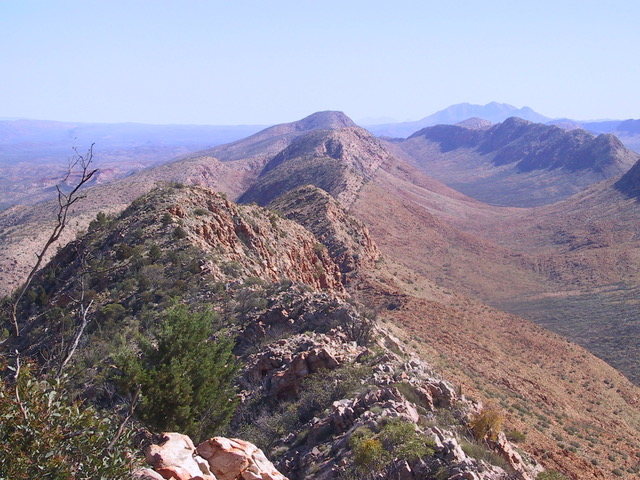Internships for students
Researchers in Section 4.7 can offer projects to interns (towards the end of Bachelor studies) and/or Master students. We specialise in the development and use of sophisticated numerical models to study the evolution of the Earth’s surface under the combined action of tectonic forces and climate. We welcome interns and Master students from the Earth Sciences, Applied Mathematics, Physics or Biology who would be interested in gaining experience in computer modeling of surface processes.
Potential projects include:
- Investigation of the effect of precipitation variability (in space and time) on landscape evolution
- Studying links between landscape and life evolution
- Development of highly efficient algorithms to solve landscape evolution equations
- Inverting landscape morphology to constrain tectonic activity and/or climate of the past
- Inverting the sedimentary record
- Studying the links between model parameters and morphometry
- etc.
Do not hesitate to look at all the ongoing research projects on our website and/or contact us via our secretariat if you are interested. If you are sending us a cover letter and/or CV, please make sure these are in English.
Open project: Identify and label seismic signals with a time-frequency analysis for different surface processes
The mass movements at the Earth’s surface generate seismic waves that are recorded by nearby seismometers and can be used to monitor mass transfer throughout the landscape. Recently, the analysis of these seismic records has continuously increased in popularity and has led to the development of a new area called environment seismology. Surface processes may vary in nature, mechanism, magnitude, space, and time, and this variability which can be observed in the seismic records. The question becomes whether we can distinguish different processes from each other and how to do that. We want to apply machine learning and data science to distinguish and decipher this information. For a machine learning project (supervised learning), it is crucial to have a well-labeled dataset. For this project, we will use a four-year seismic signal dataset for debris flow, landslide, and flood from multiple monitoring stations built by GFZ at Illgreban, Switzerland. The intern will help us to identify and label these seismic records for different processes. This intern project will be a fundamental part of ‘SMART Monitoring’ project carried out between Section 4.6 Geomorphology and Section 4.7 Earth Surface Process Modeling.
Open project: Modelling the evolution of the central Australian landscape
Co-supervisors:
Jean Braun, GFZ
Alfredo Camacho, University of Manitoba, Canada
Project description:
The present day central Australian landscape was shaped by two major intracontinental orogenies, namely the Petermann (ca. 600-520 Ma) and the Alice Springs (ca. 420-320 Ma), the remnants of which are still visible today as the Peterman and MacDonnell Ranges. Major east-west striking shear zones that exhumed deep crustal rocks of the Musgrave and Arunta Province to shallower crustal levels are associated with these orogenies. Not only was surface topography prominently transformed, but the underlying Moho was displaced by as much as 25 km along crustal scale shear systems such as the Woodroffe Thrust (Petermann) and Redbank Thrust (Alice Springs).
The effects of the Alice Springs Orogeny are preserved as spectacular regional-scale folds in the sedimentary Amadeus Basin, which separates the Musgrave Province, in the south, from the Arunta Inlier in the north. Considering the widespread extent of the Alice Springs Orogeny in central Australia, evidence in the Musgrave Province is at best cryptic. Fractures with epidote–quartz alteration have been related to the Alice Springs Orogeny. In addition, Carboniferous 40Ar/39Ar ages in the low temperature steps of K-feldspar and a magnetic overprint component in magnetite, have been associated with the thermal effects of the Alice Springs Orogeny. Noticeably, these fluid or thermal events have not reset the 40Ar/39Ar or Rb/Sr systematics in micas that are synkinematic with the Petermann Orogeny.
An MSc project is available to a student who is keen to understand crustal-scale deformation in an intracontinental setting using various thermochronological and geophysical data sets. You will use the thermo-kinematic software Pecube to explore various scenarios where Moho topography can be preserved after substantial cooling (which we attribute to exhumation) rather than removal of a sedimentary cover.
Pre-requisites:
A degree in geology/Earth sciences with some experience and/or strong interest in using computer software to interpret geological data.



